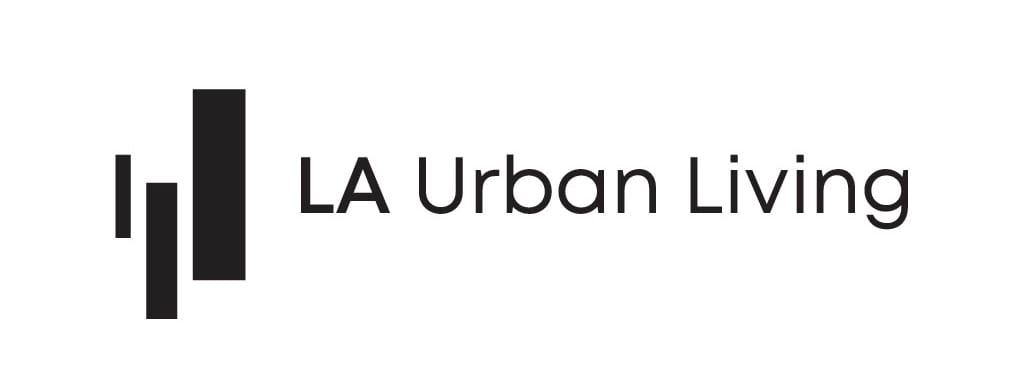Got any questions?
Rent your Dream Loft with confidence
So, you want to rent a Loft—now what? Finding the perfect rental can be emotional, exciting, and also exhausting experience. You may also be wondering along the way—what am I missing? This is a common question. Here’s how the rental process works from start to finish.
Understanding the Space
Loft Features: Lofts are often open spaces with high ceilings and few internal walls. While this can be appealing for some renters, others may prefer more defined spaces. Make sure the layout and features of the loft will suit your needs.
Privacy: Given the open design, consider how you can create private areas, especially if you may may need separate bedroom or workspace. This might include partitions or creative furniture arrangements.
Rental screening is the process of evaluating potential tenants to ensure they are reliable, trustworthy, and capable of maintaining the rental property.
Here’s a step-by-step guide to rental screening:
Application Form
Collect Basic Information:
Full name, contact information
Employment history (current and past)
Rental history (previous addresses, landlord contact information)
References (personal or professional)
Social Security number (for background checks)
Emergency contact information
Purpose: This helps gather the necessary details to begin evaluating the tenant.
Credit Check
Why It’s Important: A credit check gives landlord insight into the tenant’s financial responsibility. A good credit score suggests tenant can manage their finances well, while a low score could indicate past issues with paying bills.
What to Look For:
On-time payment history
High levels of debt
Bankruptcy or other significant financial issues
Permission: Landlord must get the tenant’s written consent to run a credit check, as this is legally required.
Background Check
Why It’s Important: A background check reveals any criminal history, which can help landlord avoid tenants who may pose a risk to the safety of the property or other tenants.
What to Look For:
Criminal history (felonies, misdemeanors, especially those involving violence or drugs)
Violent offenses or crimes related to property damage
History of evictions
Employment and Income Verification
Why It’s Important: Verifying a tenant’s income ensures they can afford to pay rent consistently. This step helps landlord avoid tenants who may struggle financially.
How to Verify:
Pay stubs or bank statements (usually 3 months)
Employer verification letter
Tax returns (if they are self-employed)
Income Guidelines: Many landlords use the rule of thumb that tenants should earn at least 2.5 to 3 times the monthly rent. This can vary based on local rental markets and personal preferences.
Rental History Check
Why It’s Important: Checking a tenant’s rental history allows landlord to see how they’ve behaved in previous living situations. Good tenants are often those who’ve had positive relationships with previous landlords.
How to Check
Contact previous landlords to ask about payment history, behavior, and overall reliability.
Ask about any damages, noise complaints, or late rent payments.
Red Flags:
Frequent moves
Unpaid rent
Poor behavior or conflicts with landlords or neighbors

